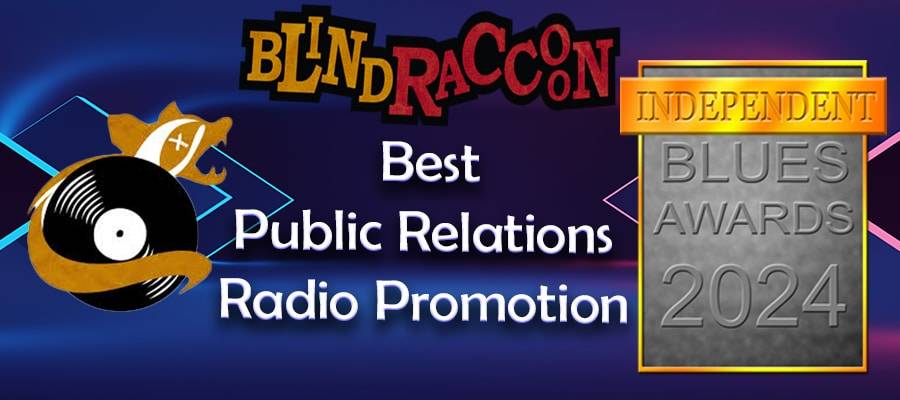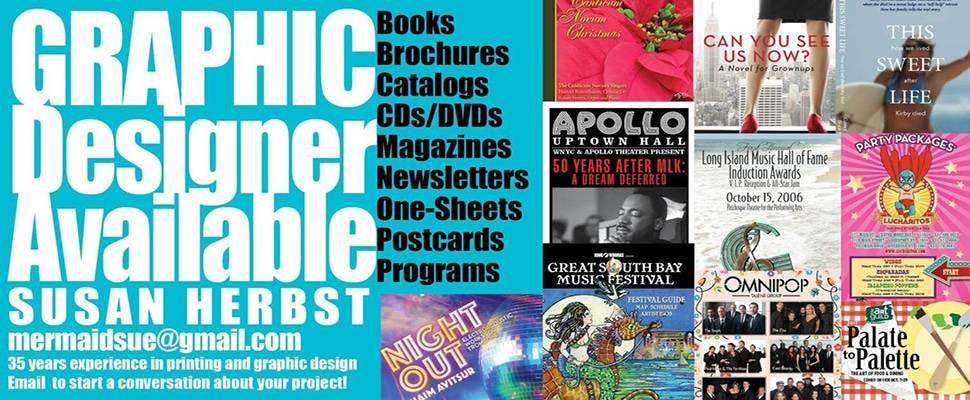Why you shouldn’t sleep on Nomad Factory
Why you shouldn’t sleep on Nomad Factory

[I realize this entire post reads like a giant advertisement, but I assure you that it’s my honest opinion about a product line that I am personally passionate about. Nomad Factory have never given me a plugin to review, I have no NFR’s from them, and every plugin of theirs I own I paid for. I recommend you consider doing the same.]
These days, we’re all looking for the next magical plugin that will simplify our workflow while imparting some mojo and not being too CPU intensive. Analog modeling is all the rage, and computers are advancing to keep up with the advancements in modeling technology. It’s easy to romanticize tools, because we all love gear, and brands like Waves and Slate Digital and IK Multimedia are on the tips of everyone’s tongue for being simple to use and awesome sounding.

Back in the day, Nomad Factory held that status. Their Blue Tubes line was one of the first to bring analog curves into the plugin world. Sadly, their founder Bernie Torelli fought a hard battle against cancer, and it was a fight he would eventually lose. During the fight, which was drawn out over 3 years, the company began slashing prices to drive revenues so they could afford Torelli’s treatments. As development and updates stalled, Nomad Factory’s place in the industry began to slip. Now that they’ve been acquired by Plugivery, they’ve began development again and continued Torelli’s legacy of creating hybrid tools that give the best of analog with a digital workflow in mind.

In 2011, their British Bundle was my own first ever plugin purchase. I became a fan, and the British Bundle eq and compressor lived on my mixbus for a few years. As my ears began to develop, I began noticing that there was certainly a sound to those plugins that I didn’t get from my stock Pro Tools 9 plugins.
Fast forward to the summer of 2017. Bernie’s been gone almost 2 years, though his legacy continues with the release of some awesome tools that have hit the market. The company is starting to feel relevant again, and long time fans are starting to come out of the woodwork excitedly!
Meanwhile, the younger crop of audio engineers who aren’t familiar with the place Nomad Factory held in the industry might be quick to discount the company. There’s still some issues that crop up with compatibility on newer systems, and a lot of people are buying into the marketing hype of the newest and greatest analog modeling techniques. Some actually argue that newer algorithms are better because they’re newer, which completely discounts the fact that many of the records these people grew up with were created using Nomad Factory plugins. Others get hung up on the newest prettiest GUI, while ignoring the added hit to your system resources that those graphics can require.


When Nomad Factory was in its heyday, systems were much less powerful than they are today. The challenge was to create tools that would work in a digital system with minimal mouse movements and minimal cpu hit while sounding good enough for professionals to feel ok using them. That’s the inspiration behind the Waves Renaissance Line as well, which is evidenced by the simplicity of the interfaces on the Renaissance line. R-Comp is still hailed as one of the most favored plugin compressors due to its workflow and low CPU hit, despite the older algorithm. By the same token, Nomad Factory’s E-RetroVox’s compressor is outstanding on vocals and is very transparent. The E-Maximizer rivals the Waves L1 in workflow, and the only feature I miss that the L1 has is the ability to link the threshold and the ceiling. That’s not a huge deal, and the E-Maximizer is super lightweight.

In Nomad Factory, you have a large collection of plugins that worked well on 32 bit systems and had simple workflows. When you apply that same toolset to a modern DAW, you have a set of tools that use very little system resources while working very well. On my 2013 iMac with 24 GB of RAM, I was able to open 513 individual Nomad Factory plugins before my system hit 90% of its resource use. That wasn’t just one lightweight eq opened 513 times, that was every one of their plugins opened exponentially until I’d maxed out my system, and audio was running through them to cause them to work a little.
Not only are they light weight, they sound great. Remember that Nomad Factory were held in high regard before Bernie’s fight against cancer. Professionals wouldn’t have used them if they sounded like garbage.
Speaking of Garbage, let’s focus on their newer offerings since Bernie’s passing.

Garbage L.S.D. was released recently, which is a well thought out alternative to iZotope’s Trash 2. It allows you to load your own impulse responses, and can bring some insane sounds to your sessions!

The Analog Studio Rack is quickly becoming a favorite of many, featuring 7 modules that include emulations of famous Pultec and SSL eq’s, a preamp section, a gate and expander, an exciter based on a famous BBE unit, a VCA compressor, and an SSL style bus compressor. Each of the modules can be used inside of the rack, or loaded as individual plugins.

Drum Tools was released as an expansion on the concept of custom purpose built channel strip plugins. If you liked CLA Drums from Waves, but wish it had more options and control, then Drum Tools will scratch that itch!

And last year they gave away a nifty plugin called “Bus Driver“, which was an optical compressor that gave 1176 style ratios and included a tube drive section. Bus Driver was a temporary freebie as a thank you to all who had purchased Nomad Factory products during Bernie’s fight with Cancer, and though it’s no longer free it’s still very much worth the price. How many compressors do you own that are hybrids of an LA-2A and an 1176?

Right now, Don’t Crack have placed their entire Nomad Factory line on a steep 80% discount, including the products that were released after Bernie’s passing. Their Integral Studio Pack v3, which has all but a couple of the plugins developed before Bernie passed away, is only $99 and includes 51 plugins.
For people who get stuck on what appears to be a dated GUI, I counter that with a light footprint.
For people who get stuck on them not using the newest modeling algorithms, I counter by reminding you that I don’t care about accurate analog modeling.
For those who get stuck on their lack of 1-1 emulations, I counter that by saying that this is a huge plus because so many companies are modeling the same gear as it is. Do we really need another 1176 plugin? I don’t believe Nomad Factory has a single 1176 plugin, although Bus Driver is an optical compressor with 1176 ratios. Their focus was on creating hybrids that could only exist in digital, not on recreating the classics like everyone else does.
And for those who argue that their plugins are unstable on modern systems, I say that you should revisit them as Plugivery has been spending a lot of time debugging the line and updating the plugins to include AAX and 64 bit support. That process is ongoing, meaning any bugs that may still exist should be gone in the near future. If you have an issue, work with them by putting in a support ticket.
Nomad Factory’s story is one of triumph over tragedy. No one can deny the impact Bernie Torelli had on the advancement of plugin algorithms and the acceptance of plugins as being viable mixing tools. I have full faith in their product line, and often reach for their tools over my Slate or Waves tools. If you’re looking for something lightweight that works, you should not sleep on Nomad Factory, especially during this summer’s sale.
Thanks for reading.
Discover more from Making A Scene!
Subscribe to get the latest posts sent to your email.













































